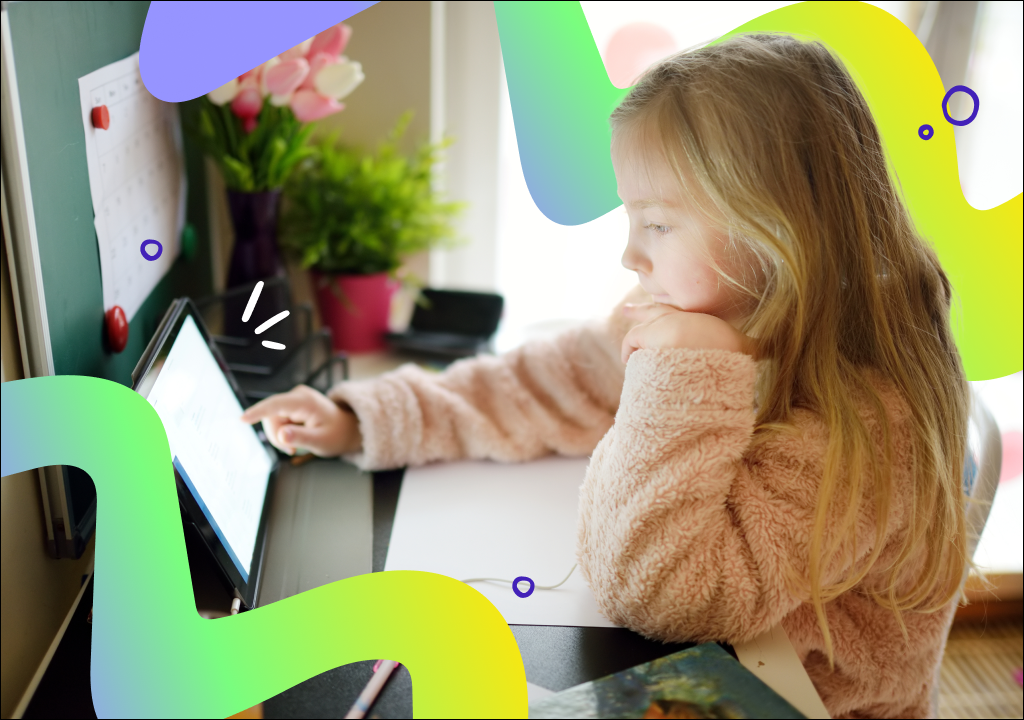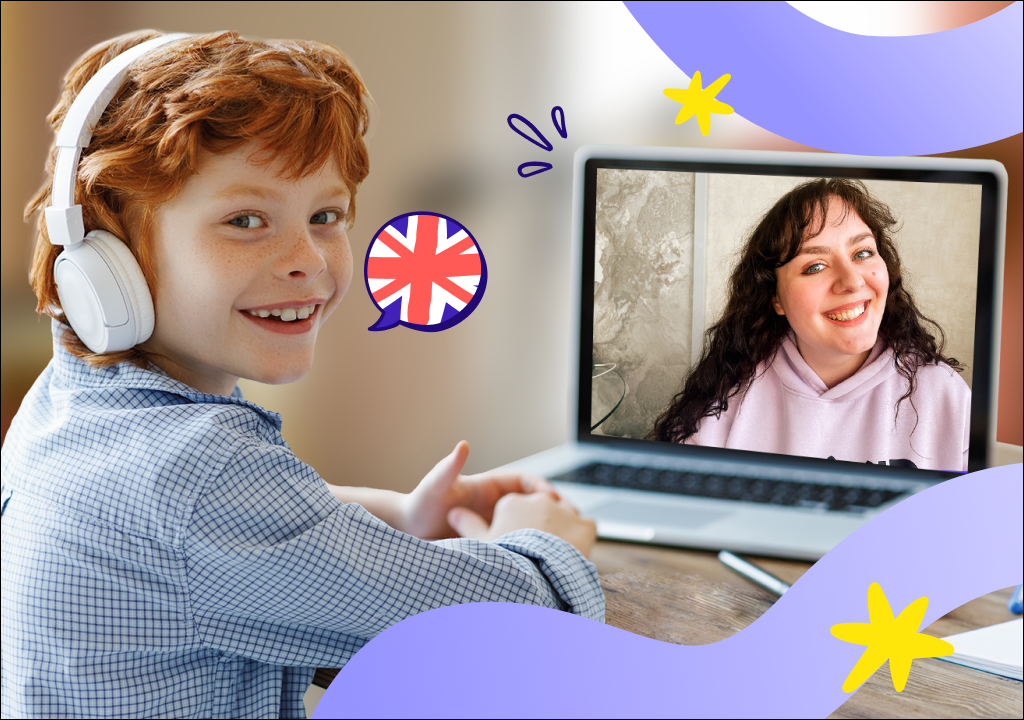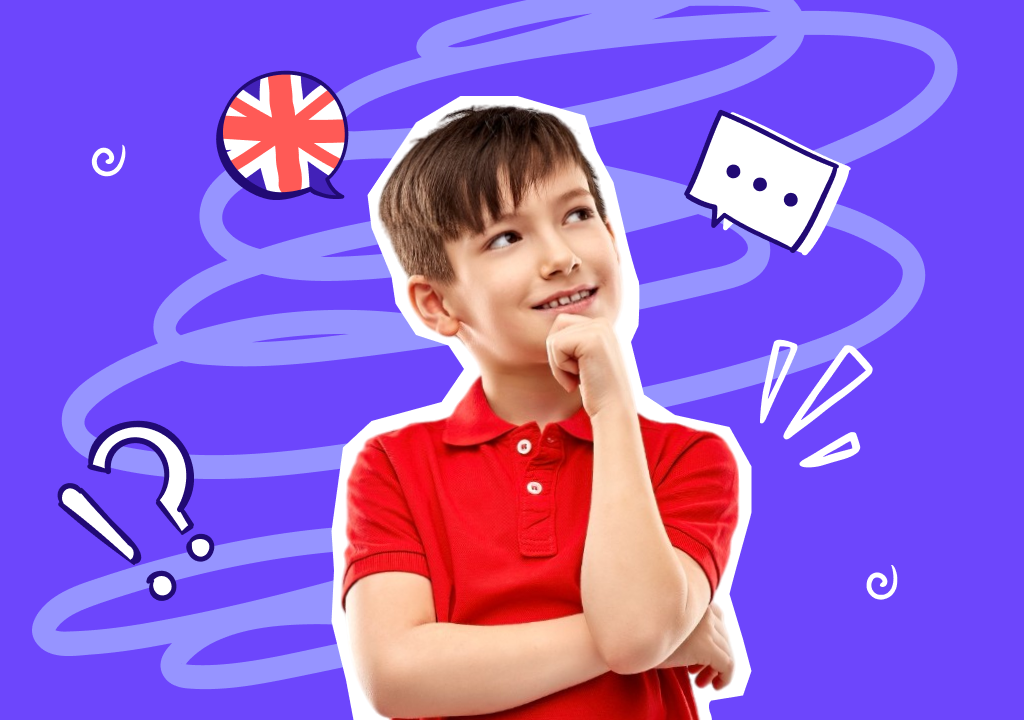What is Microlearning and Why Should Kids Use it in Learning English
- Microlearning breaks English lessons into short, focused parts that match kids’ attention spans and make learning easier.
- This approach improves focus, motivation, and retention by encouraging active participation and repeated practice.
- Flexible tools like games, videos, and apps help kids learn anytime, anywhere, building confidence step by step.
In today’s fast-paced world, the way we learn is changing—especially for kids. One of the biggest trends in modern education is microlearning. But what is microlearning, and why is it becoming so popular?
Microlearning is a teaching method that delivers small, focused lessons in short bursts. Instead of long lessons, microlearning breaks information into bite-sized pieces that are easier to remember. These mini-lessons often use videos, games, quizzes, or activities that can be completed in just a few minutes.
But, does microlearning work? The short answer, YES; especially for children. Young learners often have shorter attention spans, and microlearning keeps them engaged while still learning. With tools like language apps and online platforms, microlearning is changing the way kids learn English, for the better!
As more parents and teachers look for smarter ways to support language learning, microlearning is becoming an essential part of the ESL classroom, especially at Novakid.

What is Microlearning in English Language Teaching?
What is microlearning in English language teaching? It means learning English in small, short lessons. Instead of studying for a long time, students learn one small topic at a time—like a few new words or one grammar rule. The microlearning definition is simple, as it’s a way to learn using quick and easy lessons that focus on just one idea.
Microlearning vs. traditional learning: In traditional learning, students might read a full chapter or sit through a long class. But with microlearning, they get the same information in small pieces that are easier to understand. This makes it great for kids, especially those who get bored or distracted easily.
You might also hear the term micro training. This means the same thing—learning small lessons, one at a time. It’s a popular way to teach English today with online courses and learning apps.
So, what is the purpose of microlearning? The goal is to make learning faster, easier, and more fun. It helps children learn step by step without feeling stressed.
Purpose and Benefits of Microlearning for Kids
The purpose of microlearning in education is to help kids learn better by breaking information into small, easy-to-understand parts. This way, learning doesn’t feel too hard or boring.
Microlearning has many benefits for children. It helps improve their focus because short lessons are easier to pay attention to. It also helps with memory—kids can remember what they learn better when lessons are quick and clear. Plus, microlearning keeps kids motivated because they feel successful after finishing each small task.
According to studies from sources like LatitudeLearning, microlearning is a very effective way to teach. It helps children learn faster and stay interested in English, making the whole experience more enjoyable.
How Effective is Microlearning in Improving Kids’ English Skills?
Microlearning has been shown to be very effective in helping kids improve their English skills. Research and real-life examples prove that short, focused lessons help children learn faster and remember more.
This method improves key areas like vocabulary, grammar, and speaking by breaking learning into small, manageable parts. Kids can concentrate better and practice specific skills without feeling overwhelmed. Need some examples? Keep reading below!
Examples and Tools for Microlearning in English
Flashcards: Using flashcards with pictures and words helps kids learn new vocabulary quickly. They can review these cards anytime, making it easy to remember words.
Interactive Games: English learning games, like word puzzles or matching games, keep kids engaged while practicing speaking, reading, or listening skills.
Short Lessons: Brief video lessons or story clips teach new words or grammar points in just a few minutes, which fits perfectly with microlearning.
There are many apps and microlearning software designed especially for young learners, including:
Novakid: Offers fun, interactive English lessons with live teachers and games.
You can take a trial lesson here today!
Duolingo Kids: Uses games and rewards to motivate kids as they learn English.
Lingokids: Features songs, stories, and activities for practicing English in short sessions.
The Power of Microlearning for Kids
As you can see, microlearning is a powerful way to help kids learn English because it matches their attention spans with short lessons. Its approach allows children to learn anytime and anywhere, fitting easily into their daily routines; no matter how busy they may be! By encouraging participation and practice, microlearning keeps young learners more motivated and actually eager and excited to learn.





































